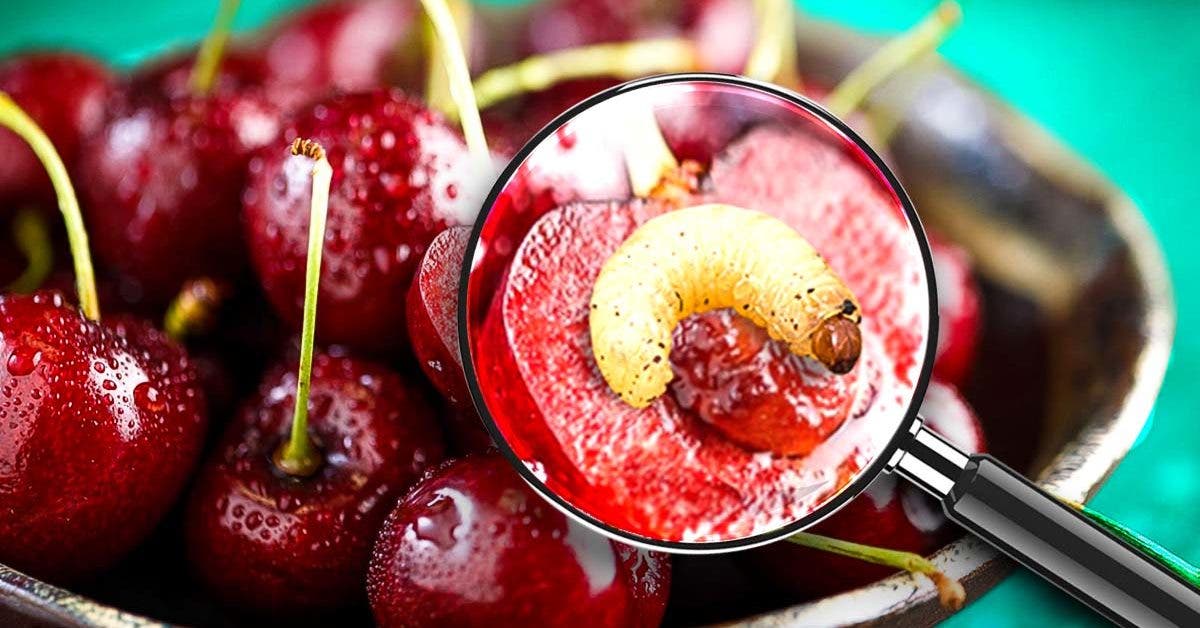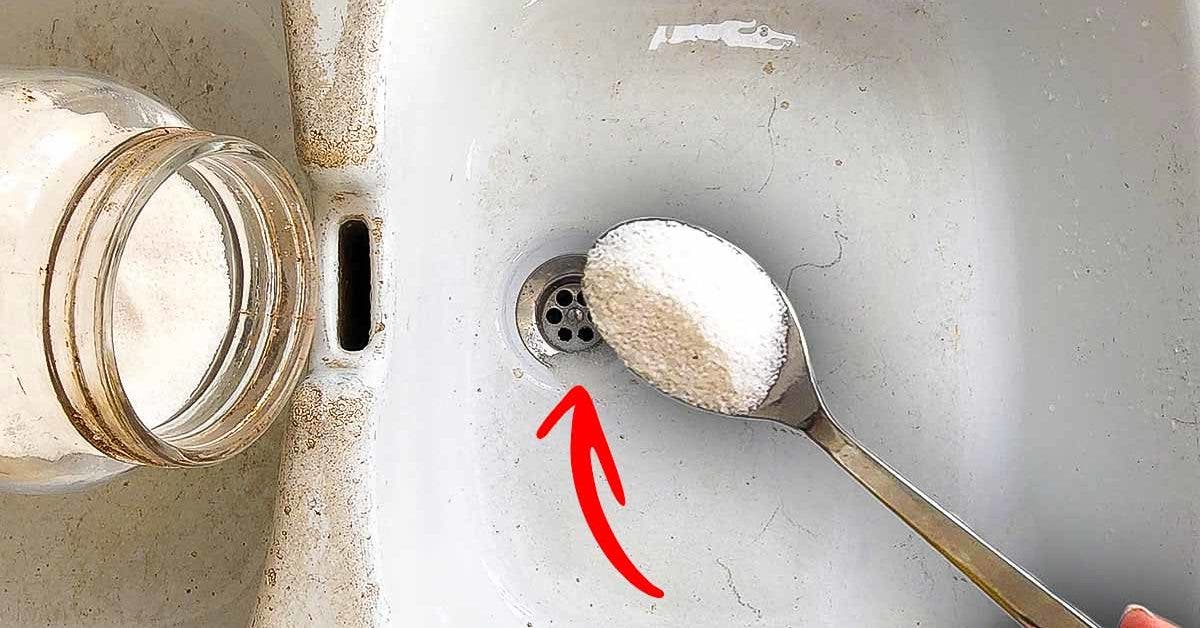Cherries infested with worms? Here is the trick to detect them before consuming them
The cherry tree is a perennial fruit tree with deciduous foliage. Its fruits, with a taste that is both sweet and tangy, are pulpy and rich in vitamin C. Cherries can be eaten fresh or used in the preparation of jams, syrups or desserts. The harvest takes place between April and June. On the other hand, certain parasites can spoil the harvest, and also make the cherries unfit for consumption. These are white worms that are found near the core of the fruit. Find out how to know if your cherries contain worms or not.
The white worms found in cherries are just the larvae of certain flies that attack cherry trees. The laying of these flies takes place between May and July, at the time of the coloring of the fruits. To avoid consuming a cherry infected with worms, it is important to first check its appearance, in order to know if it contains a worm or not.

White worm in the cherry. Source: spm
Harvesting and tasting cherries can be spoiled by small worms. These are only the larvae of two flies: one called Rhagoletis cerasi, and another, smaller, called Drosophila suzukii or cherry fruit fly. Between May and July, these midges fly around cherry trees and feed on their sweet secretions, especially during hours of full sun. They pierce the skin of cherries and lay their eggs there. Female Rhagoletis cerasi lay their eggs approximately 10 days after their first flight, especially when the weather is hot. Eggs are laid under the skin of red cherries. The larvae appear after 10 days, and feed on the pulp of cherries. As for the females of Drosophila suzuki, they lay their eggs in ripe, healthy cherries.
The varieties of late or mid-late cherries are the most attacked by white grubs. Early varieties, on the other hand, mature before the flies begin their first flight, and remain intact .
Cherries infected with these pests quickly rot . And for good reason, when flies pierce their skin to lay their eggs, several bacteria and fungi infiltrate the skin of these fruits, which then become unfit for consumption.
Note that if the Rhagoletis cerasi fly only attacks cherry trees, Drosophila suzukii rather targets all fruits which have soft pulp. This includes cherries, but also tomatoes, strawberries, plums, grapes or raspberries.

Harvest cherries with bright red color. Source: spm




